Remembrance – Harry Lane
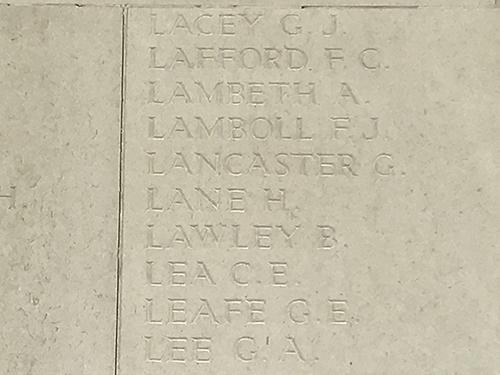
Today we also remember local Bourne man Harry Lane who was killed in action on the 4th May 1917, one two local men who were serving with the 2nd Battalion Royal Warwickshire Regiment and killed on that day.
Harry was born in Bourne Lincolnshire early in 1887 to George Lane, an Ostler Groom, born in Stoke Ferry, Norfolk in 1838, and his wife Caroline Elizabeth Mason born in Grimston Norfolk in 1850.
George and Caroline were married in 1868 in Kings Lynn and were living in Bourne before 1877 where their second child was born.
• Jane Lane, 1869, Grimston
• Arthur William Lane, 1877, Bourne
• Edward Lane, 1878, Bourne
• Albert H Lane, 1882, Bourne
• Agnes E Lane, 1885, Bourne
• Harry Lane, 1887, Bourne
• Gertrude Lane, 1890, Bourne
In 1891 the family were living at 2 Baxter Cottages on West Street Bourne. Sadly for the family Caroline passed away in 1900 leaving the Widowed George living with 5 children in 1901 although the two eldest were now in work.
By 1911 George had moved to the cottage next door, still in Baxter Cottages but now at No 1. Harry now aged 24 and working as a Grocer’s Warehouseman was living with two of his other siblings, William and Agnes, all of whom had moved to a cottage at the other end of the row, No 7.
Harry’s military records have not been found and were possibly destroyed in the warehouse fire in the London Blitz and so his movements during the war have been pieced together from what can be found in other records. In the warehouse fire over 60% of all WW1 Full Service Records were destroyed.
Harry joined the Army in Bourne in March 1916 and was posted to the Lincolnshire Regiment. In January 1916 a bill of Parliament had been passed to allow conscription to the Armed Forces for any single man aged between 18 and 40. This conscription came into force on 1st March 1916 and therefore we must assume that Harry was conscripted into the Army.
The medal rolls show that Harry was posted originally posted to the 5th battalion Lincolnshire regiment, no doubt on enlistment with a service number of 5082.
He was later transferred into the 2nd Battalion Royal Warwickshire Regiment (27092).This could have been once he finished training although one other reason for this was because of being injured and then when classed as fit assigned a new Battalion, as we have seen in lots of cases, although we can find on evidence of this happening to Harry.
As we are not sure when Harry was posted to the Royal Warwickshire Regiment we can only look at his movements through the Battalion diaries for the last month of his life.
Our web site has more details about the April movements of the Battalion in training leading up to the attack on the 4th May that lead to Harry’s death whilst serving in D Company.
1st May 1917 – Billets and Ruins Courcelles
Parades:- Brigade Field Day at Ayette. Working parties:- 1 company under R.M.R.E at Crater, East end of Ablainzeville.
2nd May 1917 – Billets and Ruins Courcelles
Fine Day. Thorough inspections of all fighting equipment were held during the day. Operational Orders were issued at 6.30pm
3rd May 1917 – Mory Copse
Fine Day. The Battalion moved to Mory Copse on night of 2nd / 3rd inst, parading at A.16.d.30 at 1.10am., to take part in operations of 5th and 7th Corps and 1st Anzac Corps, who are to attack the Hindenburg Line at 3.30am on the 3rd May. The 22nd Infantry Brigade is at the disposal of G.O.C. 62nd Division as a reserve.
In accordance with B.M.390 the battalion moved to Railway Embankment in U.2.5.b and U.26.2 at about 6am, as the attack of 62nd Division was not successful. Battalion operation orders were issued at 6.45pm for an attack on Bullicourt.
1. A Company will be on the right and C company of the left. Objective of A Company V.21.d.9.6 to V.21.d.5.6. C Company will also form defensive flank from left to join up with right of defensive flank formed by the 1st R W Fus, D company will give 2 Platoons to A company and 2 Platoons to C Company for carrying and mopping up.
A company will establish a block in trench which runs North from V.22.c.9.6. C Company will also establish a block on the other side of Sunken Road about U.21.d.4.7. and also a strong point at this junction with Sunken Road at U.21.d.5.6. Patrols will be pushed forward to the front. B Company will deploy posts in rear of final objective. 1 of B Company’s Platoons will carry R.E. material. B Company will assist A and C companies in their attack if required.
2. Battalion Headquarters will be at C.2.d.9.9.
3. The battalion dressing station will be behind the embankment at C.2.b.1.9.
4th May 1917
The Battalion left the Railway Cutting in U.26.c at 12.30am on morning of 4th inst and was formed up in rear of Railway Line in U.27.c. at 1.50am. They moved from here to attack at 3.45am. Companies moved from Railway Cutting in U.26.c. to open ground North East of Ecoust in C.2.b under cover of embankment, from here they moved forward by Platoons to the line from where the advance was to take place.
A conference was held on operation orders No 125, issued by 22nd Infantry Brigade at 5.45pm, 3rd inst, and the salient points, objectives of Companies and boundaries were discussed and written down by O.C. Corps.
Communication was maintained by 3 methods viz:-
1. by Runners – with an advanced post at C.3.a.7.8 ,
2. By Signalling – a visual station was established at the Tank in front of Bullecourt about v.27.b.2.3. and also a receiving station at C.2.d.8.9. Owing to heavy fire and bad visibility the men who survived withdrew and reported at Battalion Headquarters at 8.30am. The signalling lamp was also broken by shell fire.
3. Pigeons – One pair was released and one pair died of shell shock.
At 6am the Corporal in charge of Battalion Runners was sent forward to try and discover the positions and strength of Companies, also if possible to obtain written messages from officers.
At 10am the Sergeant in charge of scouts and 2 men were sent to try and locate posts, find numbers of men, Lewis Guns, etc., in each position held by the companies. At 12.30pm Lieut W.C. Fowler M.C. (Battalion Intelligence Officer) was sent forward and corroborated the statements brought back by runners and scouts. Any exact position and strength of posts held in front of V.27.c., 40 men under N.C.Os. Both these parties were digging in. There were also scattered posts of men unable to move owing to fire and scattered about in shell holes between v.27 central and village, it was not possible to ascertain their exact numbers.
Also 60 men had been collected and reformed at place ordered behind Railway Embankment in C.2.a.9.9. After 2pm dispositions were as follows:-
V.27.Central, a post of 3 Lewis Guns and 10 men
Dug in front of Railway Embankment, 2 officers and 100 other ranks. These were connected with 1st R.W. Fus on their left by a Lewis Gun post under Sgt at V.27.c.6.6.
120 other ranks were collected at C.2.a.9.9.
Finding from these reports that both flanks of party in V.27.c were in the air, Lewis Guns and Snipers were pushed forward to guard flanks and gain touch with 1st R.W. Fus.
At dusk the numbers of men on the embankment in V.27.c had been increased to 160 other ranks. Afterwards a party of 1 Lewis Gun and 15 other ranks came in who had been attached to 1st R.W.Fus.
The strength of the Battalion going into action was 20 officers, 609 other ranks. After the action the strength was 8 officers, 362 other ranks.
Only 3 junior officers were left out of those who carried out the attack.
The steps taken to re-organise and ascertain the strength of the Battalion were as already stated and with sentries posted to stop any stragglers and direct them, 1 at Battalion Head Quarters and another at C.2.b.6.8.
The positions of Battalion Headquarters and company headquarters during the attack were:-
Battalion Headquarters were at C.2.d.9.9
Company Headquarters moved forward with the attack, later in the day one was established on Railway Line about V.27.c.0.5.
Explanations as to cause of attack passing a failure:-
1. Concentration probably observed by enemy as he put down heavy barrage at 3.30am which had to be passed through.
2. Sudden alteration of plans which only allowed hurried consultation with O.C. Companies at 3.40am on place of deployment.
3. Position held heavily by machine guns and second belt of wire uncut on front attacked by battalion.
4. It appeared that the village was honeycombed with dug-outs and underground passages which allowed the enemy to get behind our men, 1 Sgt described it as being in a maze.
5. The fact that the enemy outranged us with his egg bombs.
6. The difficulty in obtaining information was very great owing to open nature of the ground and to the larger number of machine guns and snipers. 50% of Runners becoming casualties.
7. The extremely heavy enemy shelling on whole front in addition to 3 heavy barrages which he put down along the line of attack from V.27.a.8.2 to V.27.d.2.4.
8. The smoke and dust caused by shelling made it difficult to see any distance.
At 5.30pm it was agreed that the Battalion in conjunction with the 1st R.W. Fus should push forward strong patrols into Bullecourt. About 200 men were collected and Captain V Sharkey M.C. was placed in command. These pushed forward to the Sunken Road at the west end of the village and at 11pm commenced to attack. The enemy held his fire until they reached the 2nd belt of wire, which was uncut, and then opened strong rifle fire and machine gun fire which caused heavy casualties.
Communication was impossible as the signalling lamp was broken by shell fire and both pigeons has died of shell shock. The attack was a failure.
Casualties for the day were as follows:-
Officers:-
Killed – Lieut J. S. Harrowing. M.C., 2nd Lieut A.G. Fawdry.
Wounded – 2nd Lieut H. Toft, 2nd Lieut W.E. Frost, 2nd Lieut R.G. Hudson, 2nd Lieut N. Miller, 2nd Lieut W.E. Ward, 2nd Lieut J.E.W. Rance M.C.
Missing – Lieut N.A.M. Ring, 2nd Lieut E. Heatherington, 2nd Lieut F.G. Burrell, 2nd Lieut H.H.H. Lister.
Other ranks:-
Killed – 13
Wounded – 141
Missing – 82
Wounded at Duty – 5
Total of above 241
5th May 1917 – Railway Embankment
Fine Day. The 22nd Infantry Brigade were relieved by the 20th Infantry Brigade in the evening. The Battalion left the Railway Embankment at about 9pm and marched to a camping ground at Mory-Abbaye where they remained the night in bivouacs.
6th May 1917 – Billets and Ruins Courcelles
Fine day. Companies marched at Courcelles independently leaving camping ground at 10am, and took over the same billets as vacated on the night 2/3rd inst. Remainder of day spent cleaning billets and equipment and making up deficiencies in fighting equipment.
Harry lane was posted as missing on the 4th May 1917 as a result of the failed attack of that day. In the Army list of the 16th October 1917, the Army now have changed his official records to state presumed dead.
In his effects register, Harry’s remaining effects money was distributed nearly equally between his sisters, Gertrude Allen and Agnes Eaton, his niece Minnie Grummitt and Mrs Georgina H Lane. His War Gratuity payment of £3/4/- was made to his sister Gertrude Allen with 16 shillings, taken out of the total of £4, for Albert, address unknown.
Commonwealth War Graves Commission: In memory of Private Harry Lane, 27092, 2nd Battalion, Royal Warwickshire Regiment who died on 4 May 1917 age 28Son of the late George Lane.
Remembered with honour, Arras Memorial.
Also remembered on the war memorial in his home town of Bourne Lincolnshire.
https://www.southlincolnshirewarmemorials.org.uk/…/harry-l…/
Harry’s brother Arthur William Lane also fought and was killed in WW1 and can be found on our page dedicated to the Bourne Memorial.
We will remember them.

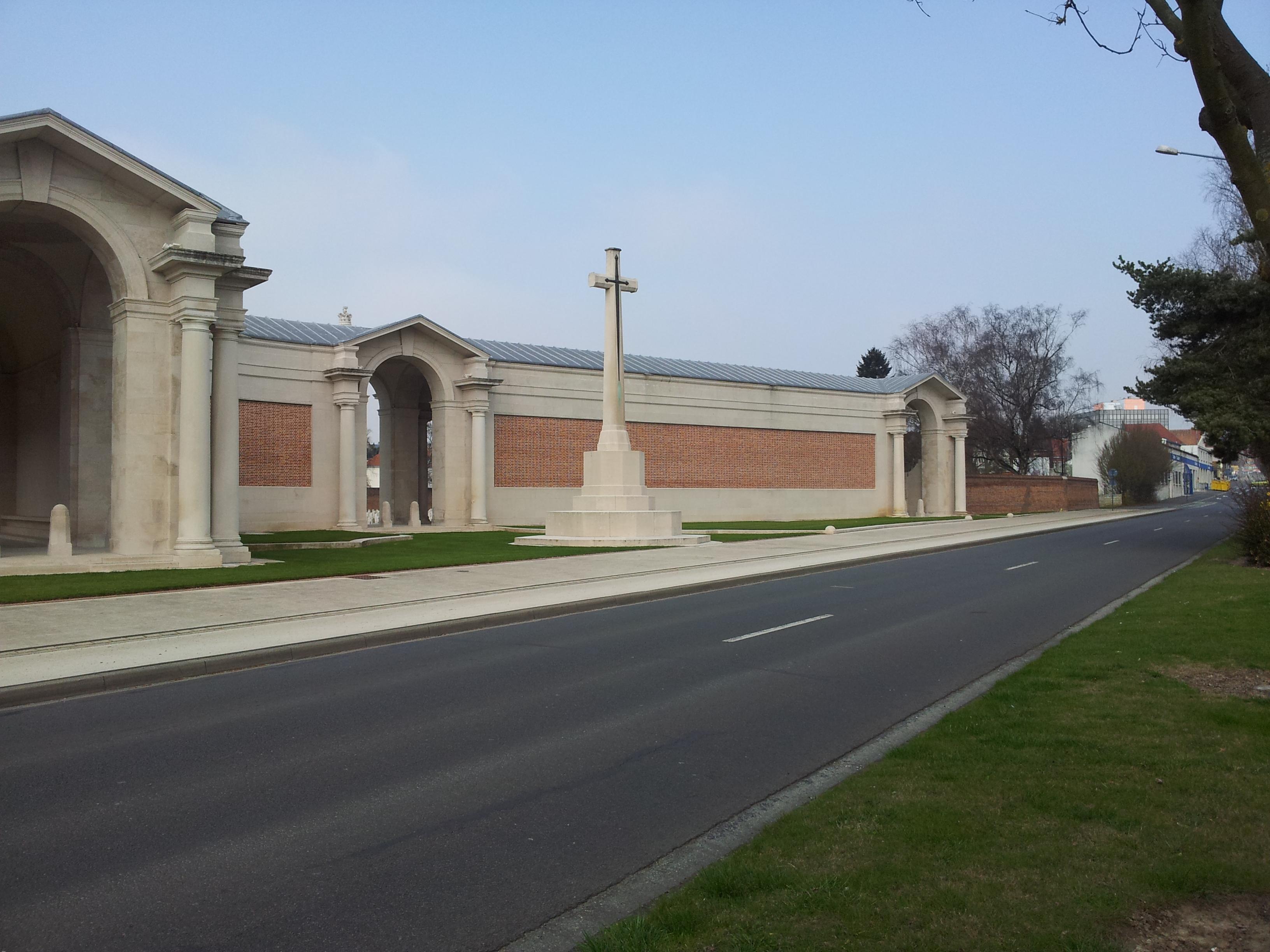
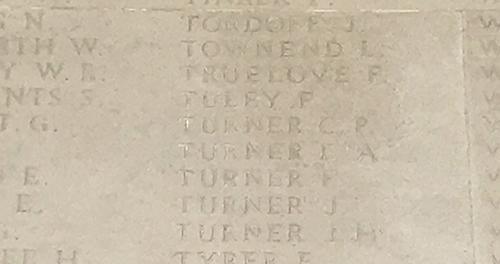
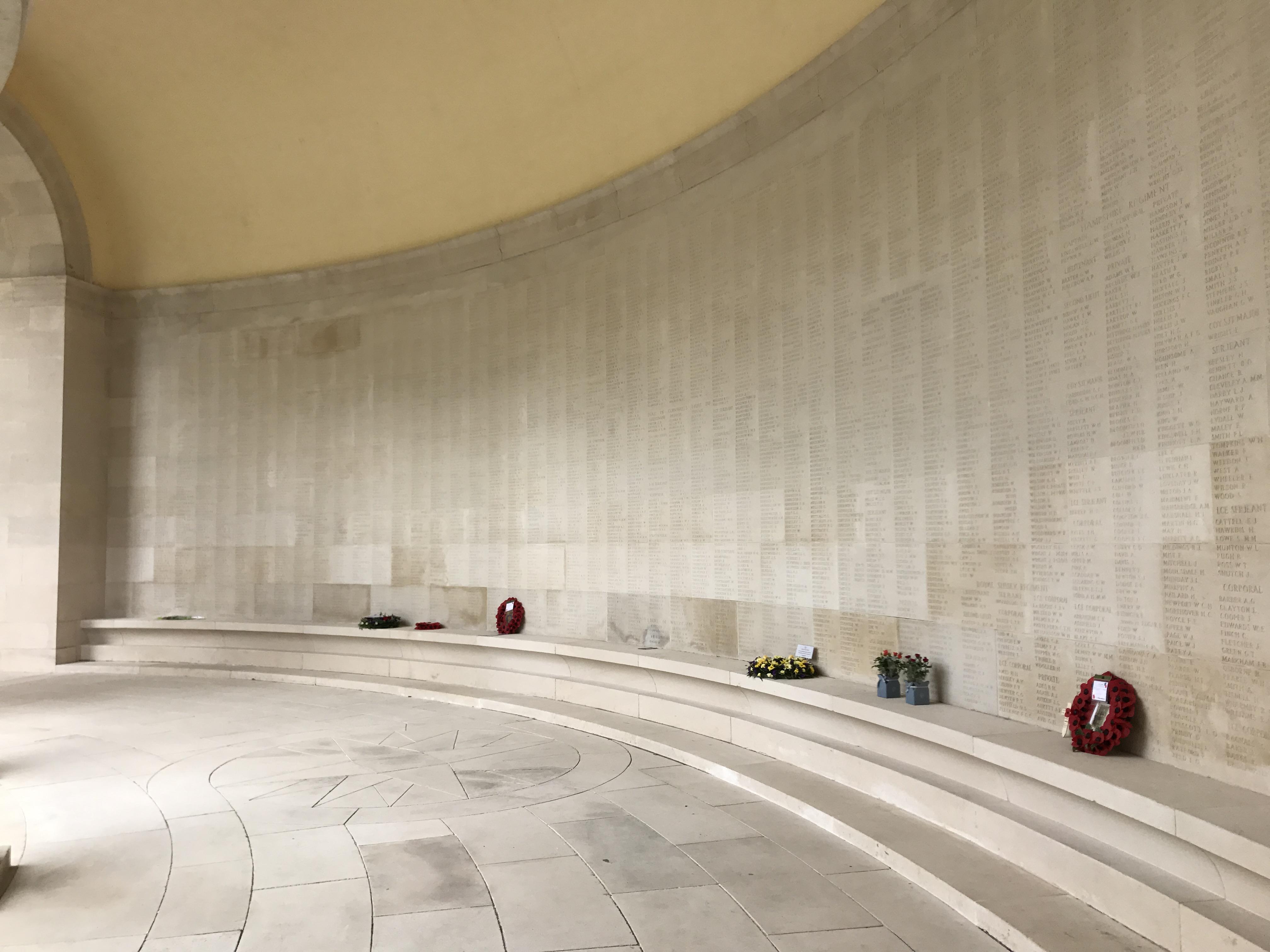
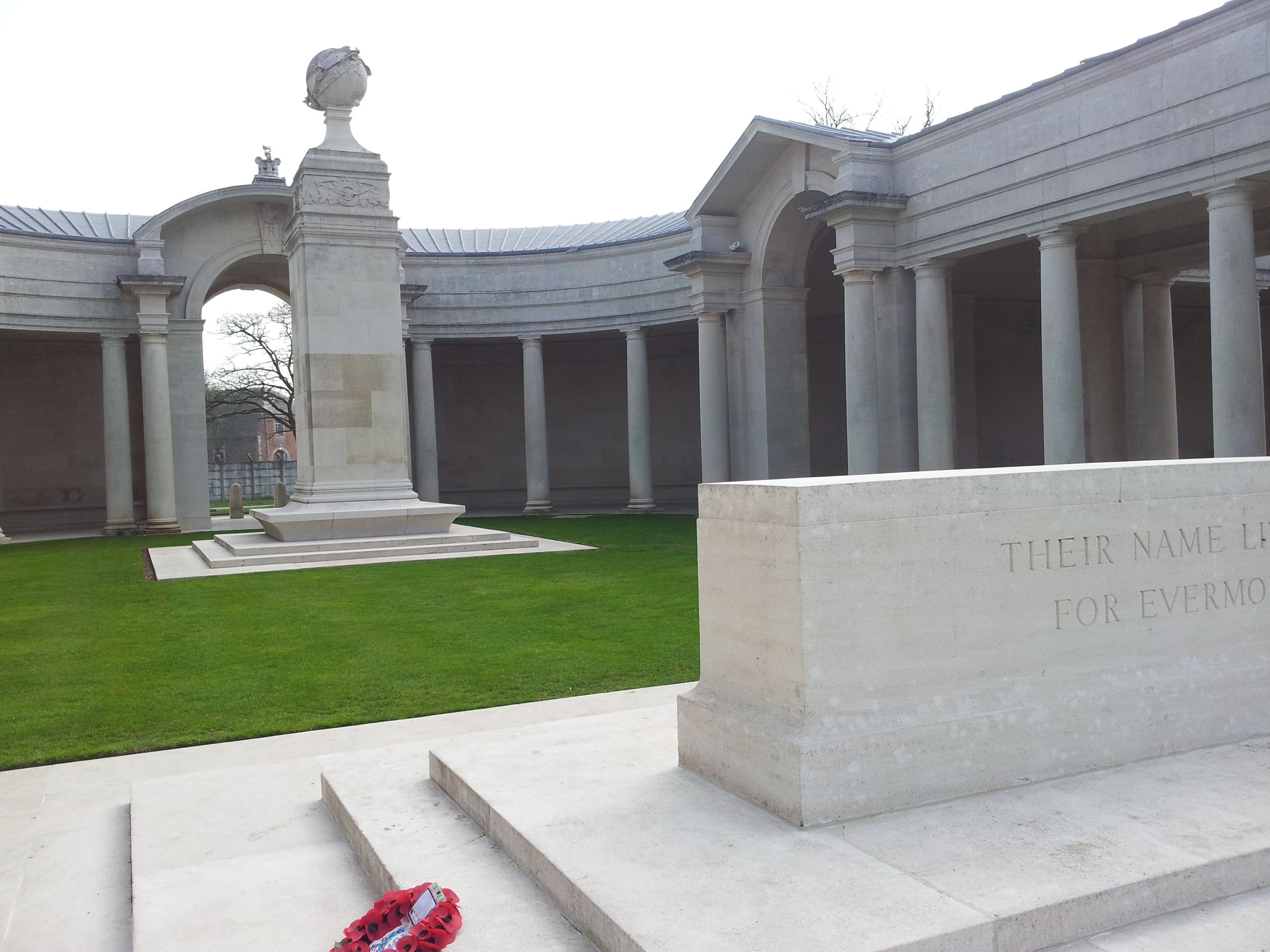
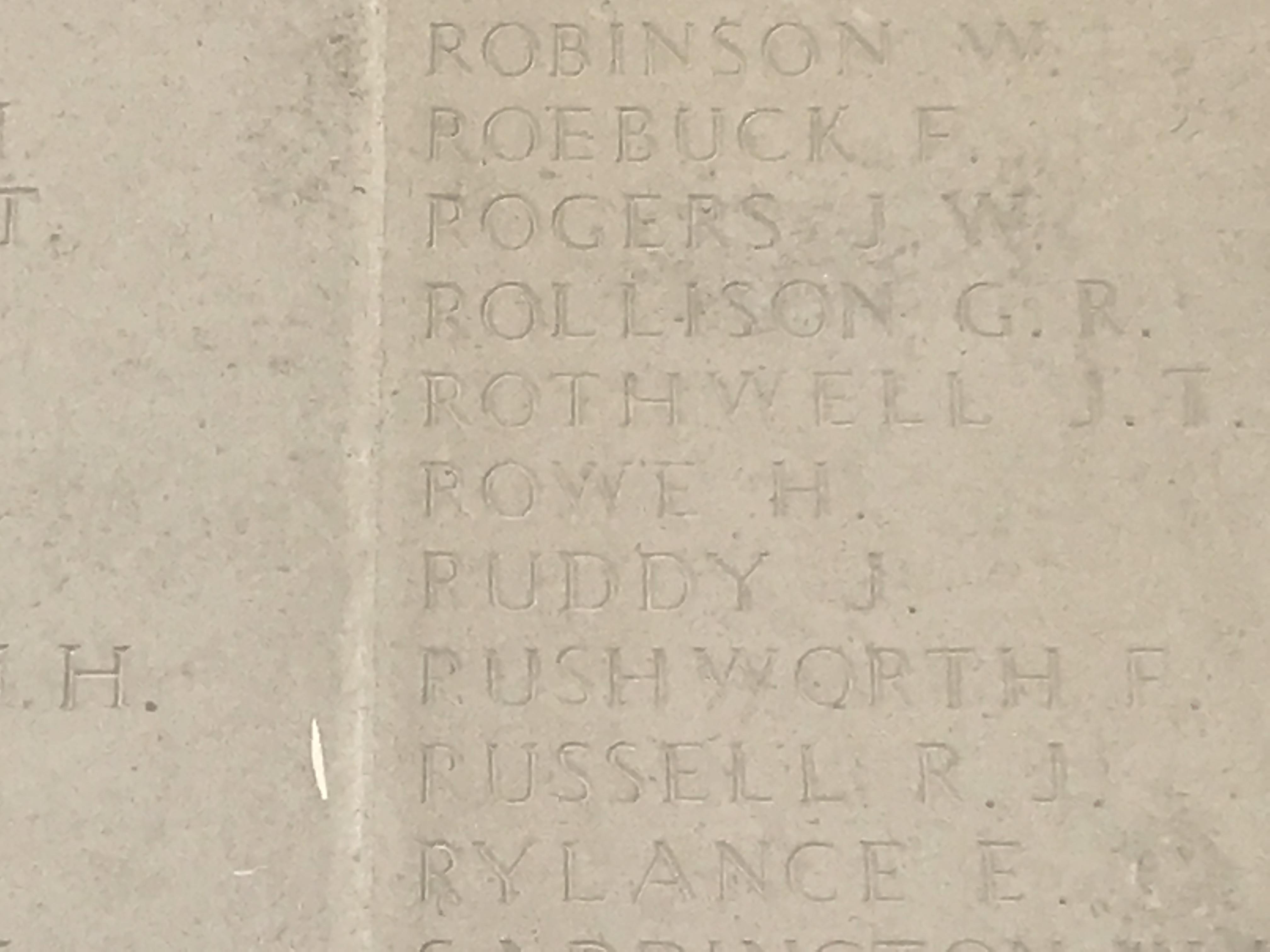
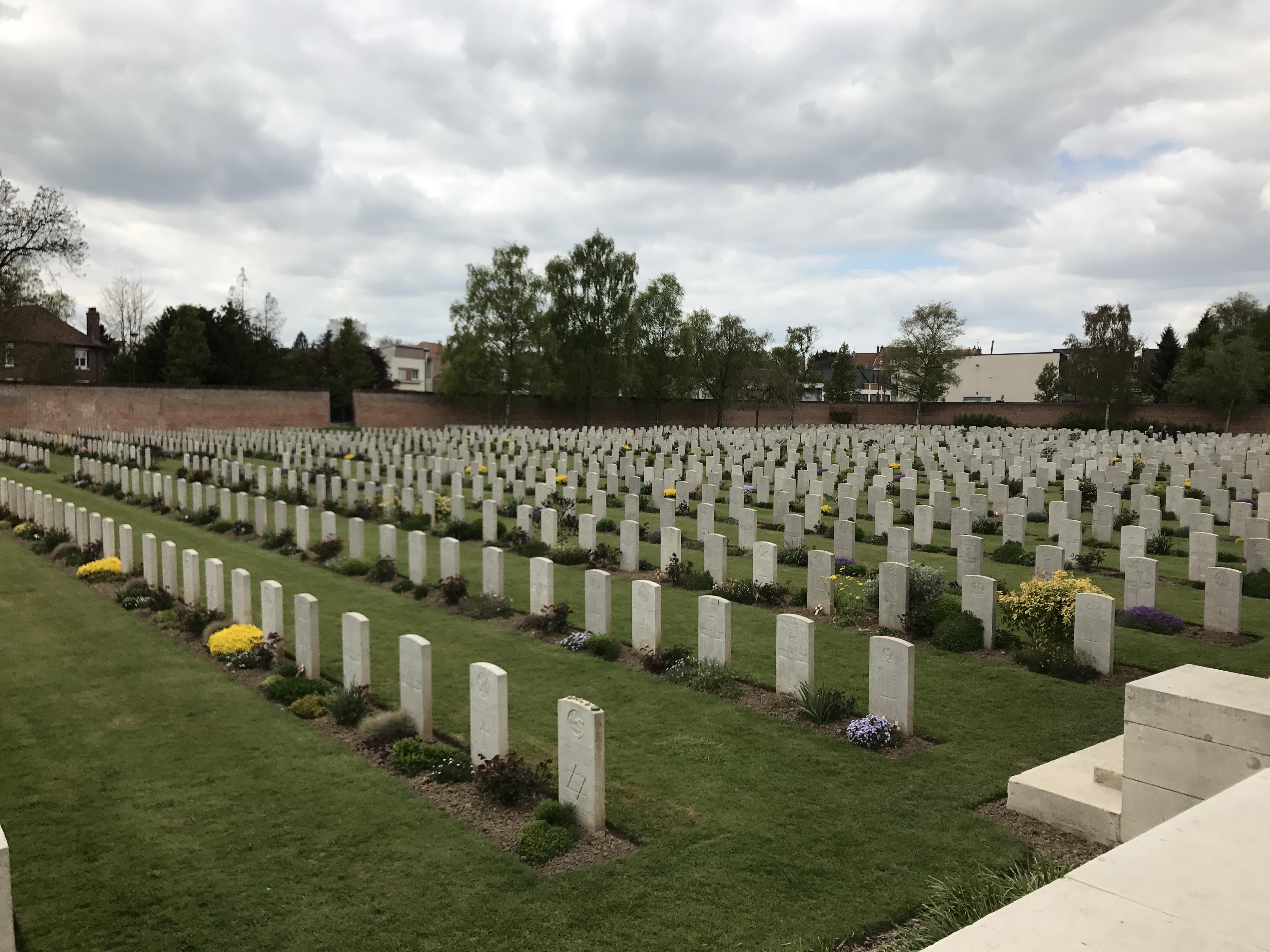
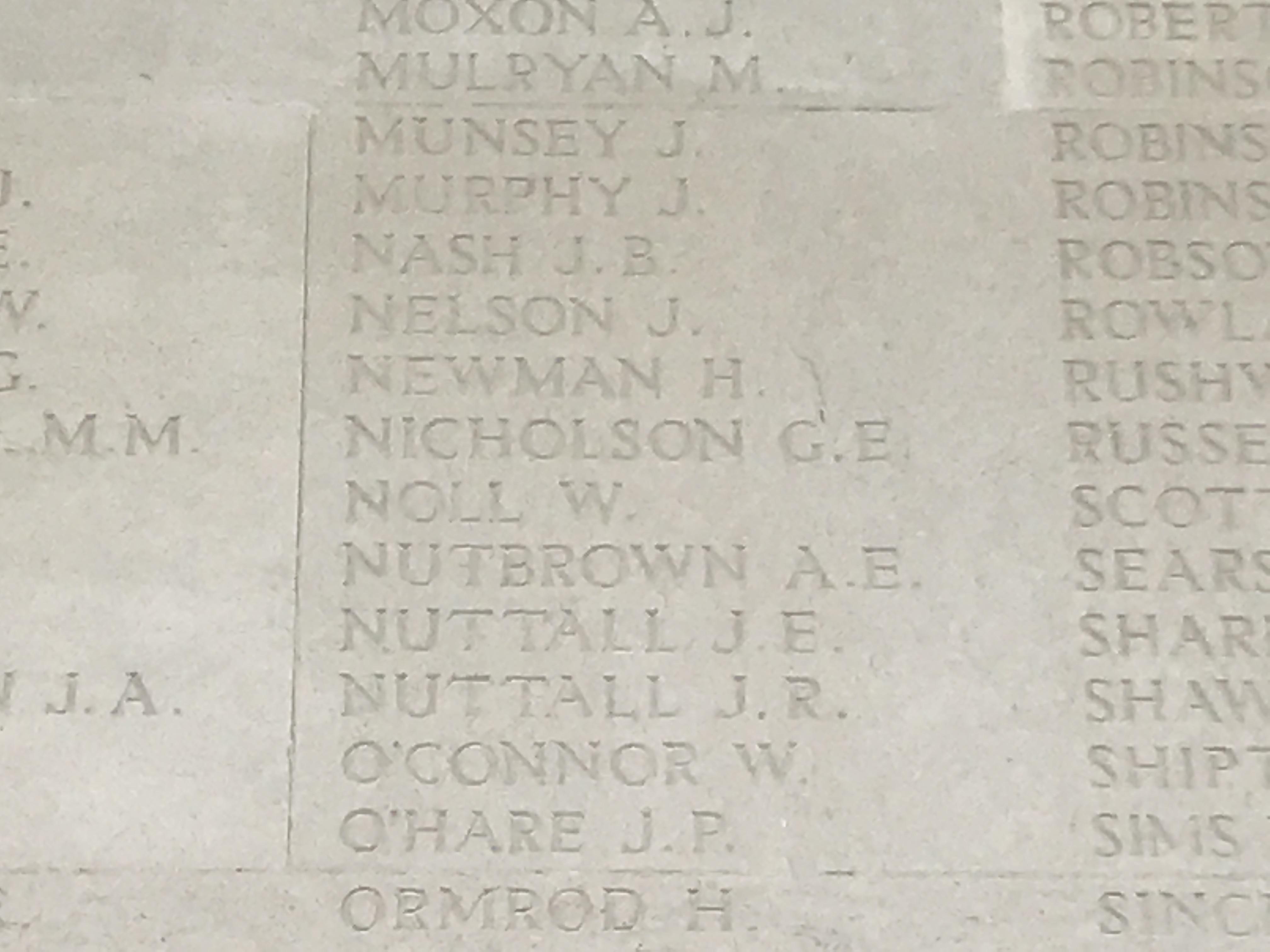
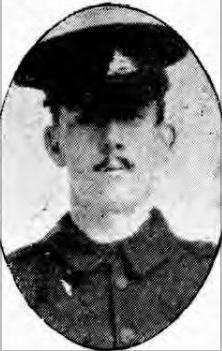
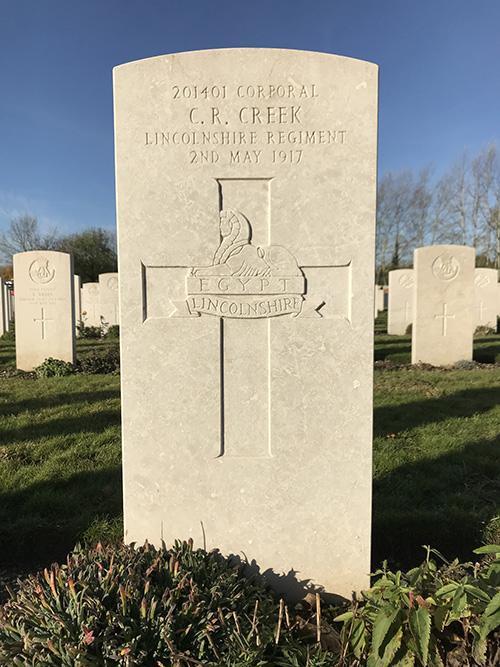
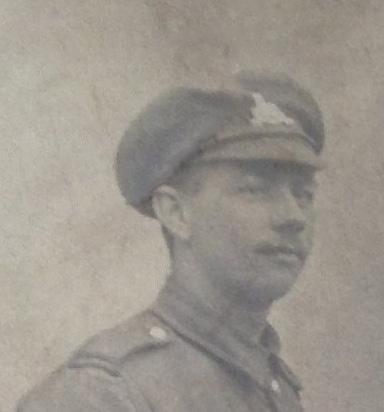
Recent Comments